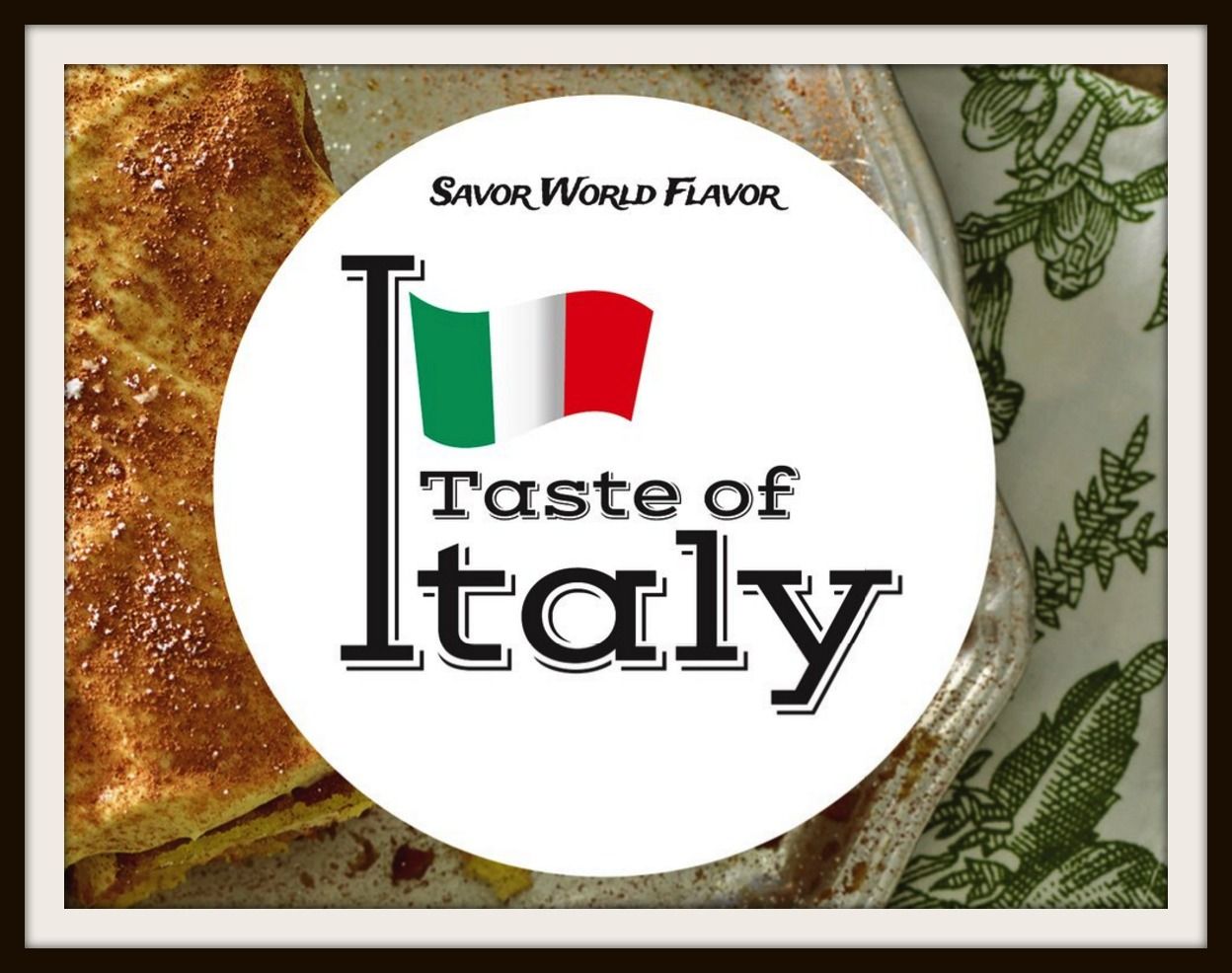Exploring The Authentic Taste Of Italy: A Culinary Journey

The taste of Italy is more than just a culinary experience; it is a celebration of rich traditions, vibrant flavors, and regional diversity. Italy is known for its exquisite cuisine, which is steeped in history and heavily influenced by its local ingredients. From the sun-kissed tomatoes of Campania to the fragrant olive oils of Tuscany, every bite tells a story of the land and its people. The Italian culinary landscape is a mosaic of regional specialties, each offering a unique taste of the country’s heritage. Whether you are savoring a classic Margherita pizza in Naples or indulging in a creamy risotto in Milan, the taste of Italy captures the essence of love and passion that goes into every dish.
As we embark on this gastronomic adventure, we will explore the flavors that make the taste of Italy so irresistible. From pasta to pastries, each dish is crafted with care, using time-honored techniques and fresh ingredients. Italian cuisine is not just about eating; it's about gathering around the table, sharing stories, and creating memories with loved ones.
Join us as we delve into the heart of Italian cooking, where we will uncover the secrets behind beloved recipes, discover the significance of regional ingredients, and learn how to bring the taste of Italy into your own kitchen. Whether you are a seasoned chef or a novice cook, there is something for everyone in the world of Italian cuisine.
What Are the Key Ingredients That Define the Taste of Italy?
Understanding the taste of Italy starts with its ingredients. Italian cuisine is renowned for its simplicity and quality, emphasizing fresh, local produce. Here are some of the essential ingredients that play a central role in Italian cooking:
- Olive Oil: The liquid gold of Italy, used for cooking, dressing salads, and drizzling over dishes.
- Tomatoes: Fresh, sun-ripened tomatoes are the foundation of many Italian sauces and dishes.
- Cheese: From Parmigiano-Reggiano to mozzarella, cheese is a staple that adds depth and flavor.
- Herbs: Basil, oregano, and parsley are just a few of the herbs that enhance the taste of Italian dishes.
- Pasta: An iconic element of Italian cuisine, available in various shapes and made from durum wheat.
How Has Italian Cuisine Evolved Over the Years?
The evolution of Italian cuisine is a fascinating journey influenced by geography, history, and culture. Originally, Italian food was regional, with each area developing its own specialties based on available ingredients. Over time, trade and travel introduced new flavors and cooking methods, resulting in the diverse Italian cuisine we know today.
In the Middle Ages, spices from the East began to permeate Italian cooking, and by the Renaissance, elaborate feasts and banquets showcased the culinary arts. The 19th and 20th centuries saw Italian immigrants bringing their culinary traditions to various parts of the world, further evolving the taste of Italy into what we recognize today.
What Are Some Iconic Dishes That Represent the Taste of Italy?
When it comes to the taste of Italy, certain dishes stand out as icons of Italian culinary heritage. Here are some must-try dishes:
1. **Pizza Napoletana**: Originating from Naples, this classic pizza features a thin crust topped with tomatoes, mozzarella, and fresh basil. 2. **Risotto alla Milanese**: A creamy risotto made with saffron, representing the northern region of Lombardy. 3. **Osso Buco**: A slow-cooked veal shank dish served with gremolata, hailing from Milan. 4. **Tiramisu**: A delightful dessert made with coffee-soaked ladyfingers, mascarpone cheese, and cocoa powder. 5. **Pasta Carbonara**: A Roman favorite made with spaghetti, eggs, cheese, pancetta, and pepper.Why Is Italian Cuisine Considered a Celebration of Life?
The taste of Italy is not just about the food; it is deeply intertwined with the cultural practices and values of Italian people. Family gatherings, community celebrations, and festive occasions often revolve around sharing a meal. Food plays a vital role in social interactions, providing a sense of belonging and togetherness.
In Italy, meals are often lengthy affairs, encouraging conversation and connection. The preparation of food is seen as an art form, with generations passing down recipes and cooking techniques. This deep-rooted appreciation for food transforms every meal into a celebration of life, love, and community.
How Can You Bring the Taste of Italy to Your Home?
Bringing the taste of Italy into your own kitchen can be a rewarding experience. Here are some tips to recreate authentic Italian dishes:
- Use Fresh Ingredients: Opt for seasonal, high-quality produce to enhance flavors.
- Embrace Simplicity: Italian cooking often celebrates simple preparations that allow ingredients to shine.
- Learn Traditional Recipes: Explore family recipes or cookbooks that focus on regional Italian cuisine.
- Cook with Love: Approach cooking as a joyful activity, infusing your dishes with passion and care.
What Role Does Wine Play in Italian Cuisine?
No discussion of the taste of Italy would be complete without mentioning wine. Italian wines are an essential component of the dining experience, often paired with specific dishes to enhance flavors. Each region boasts its own unique varieties, reflecting the local terroir and traditions.
Wine is not only a beverage but also a cultural artifact that complements meals and enhances social gatherings. From a robust Chianti to a crisp Pinot Grigio, Italian wines elevate the culinary experience and provide a deeper understanding of the country’s rich gastronomic heritage.
Conclusion: Embracing the Taste of Italy in Everyday Life
The taste of Italy is a journey that transcends borders and connects people through the universal language of food. By exploring the flavors, traditions, and cultural significance behind Italian cuisine, we can cultivate a deeper appreciation for this vibrant culinary landscape. Whether through home-cooked meals, dining out at Italian restaurants, or learning about regional specialties, the taste of Italy invites us to savor every moment and embrace the joy of sharing food with others.
ncG1vNJzZmirn521b6%2FOpmasp5idu6bD0qCcq7FkZMGiv9OeZKieXZ7BorjYZ5%2BtpZw%3D